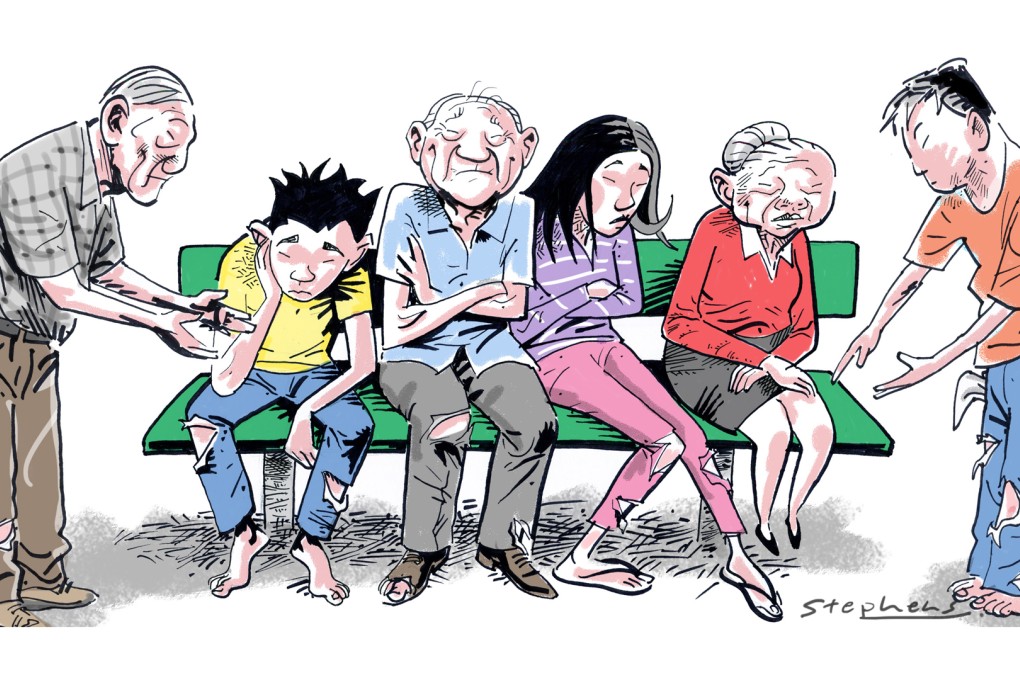How Hong Kong's ageing population is making it more challenging to help the city's poor
Paul Yip and Jacky Wong say changes in our demographics are complicating poverty alleviation efforts

The government's summit next month on alleviating poverty is an important opportunity to take stock and identify ways to work for the betterment of the community. We need to have an accurate understanding of the situation in formulating focused measures to alleviate poverty.
A person is defined as poor if his/her household income is below the poverty line, which is set at half the median household income in Hong Kong. It is a relative measure rather than an absolute one; there is always going to be a certain proportion of the population below that level. Hence the rate itself may not be able to accurately describe the change in the poverty situation in Hong Kong.
The rate itself and the number of people living in poverty depend on a number of factors, including: whether the population is ageing (the poverty rate among older adults is twice that of the general population, at 30.5 per cent versus 14.5 per cent in 2013); the proportion of single persons or small households, with smaller households having a higher poverty rate; and growth in the population, which leads to an increase in the number of those in poverty even though the rate has not worsened.
We have analysed the figures to track how these factors have changed the poverty situation in Hong Kong between 2009 and 2013.
In 2009, the poverty rate was 20.6 per cent before taking into account government benefits and allowances, and 16 per cent after they were included. Such "intervention measures" include recurrent cash benefits like social security payments - Comprehensive Social Security Assistance, Old Age Allowance, Old Age Living Allowance and Disability Allowance - and also other cash allowances such as the Work Incentive Transport Subsidy. These cash benefits aim to provide timely support to those in need and improve living conditions among the "poor".
